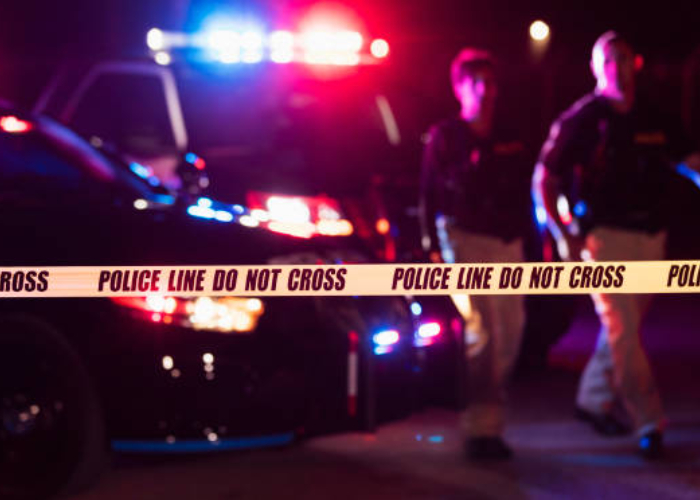Introduction
You’ve seen the headlines. You’ve heard the documentaries. But what you probably didn’t realize is how often one terrified, whispered call to 911 cracks open the darkest mysteries.
In many of the most gripping true crime stories, it’s not DNA, detectives, or even confessions that turn the tide—it’s the voice on the other end of a 911 call. Sometimes it’s a panicked plea. Other times, it’s a haunting whisper. In rare moments, it’s the killers themselves calling in a lie.

These calls aren’t just part of the story—they are the story.
In this article, we dive into real-life cases where 911 calls revealed more than any witness ever could. And some of them are as haunting as the crimes themselves.
The Final Words That Solved a Case
In the case of Faith Hedgepeth, a UNC student found murdered in her apartment in 2012, a 911 call from her roommate sparked immediate suspicion, not because of what she said, but how she said it.
The roommate repeatedly told the dispatcher, “There’s blood everywhere,” but seemed strangely composed. The call was analyzed for tone, content, and even background sounds. Investigators believe it helped them narrow down inconsistencies in the timeline.
In 2021—nearly a decade later—DNA finally matched a suspect, but the 911 call remained a crucial breadcrumb that kept the public engaged and the pressure on investigators.
When the Killer Makes the Call
Sometimes, the most disturbing part isn’t that someone called 911. It’s who did.
Take Chris Watts, the Colorado father who murdered his pregnant wife and two young daughters. He made a call to the police to report his family missing, pretending to be a concerned husband. But when you listen to the audio, his voice is flat. His responses are vague. His story doesn’t quite add up.
It didn’t take long for investigators—and internet sleuths—to realize the 911 call wasn’t a plea for help. It was an act.
Within days, his story collapsed. His fake concern, captured forever in that emergency call, became one of the most infamous lies in modern true crime history.
The Whisper That Saved a Life
In 2020, an Ohio teenager secretly dialed 911 while her mother’s boyfriend attacked her family. She hid in a closet, barely whispering into the phone, describing what she could. The dispatcher kept her talking, relaying details to officers as the horror unfolded.
Because of her bravery—and the skill of the 911 operator—police arrived in time. Her mother survived. So did she. The attacker didn’t.
911 calls like this are not rare. They often represent the only chance victims have to cry for help. And when those moments are captured on audio, they become raw, unfiltered snapshots of life-or-death decisions.
Unsolved… But Recorded
Some calls lead to questions, not answers.
The chilling 911 call in the Tina Watson case, where her husband calmly reported her drowning on a scuba diving trip, left many disturbed. His voice lacked urgency. His description of the incident didn’t match other witness accounts. Though he was convicted in Australia and later freed in the U.S., the audio remains one of the most debated elements of the case.
These calls remain etched in the minds of listeners. Not because of what they explain, but because of what they don’t.

The Unheard Heroes: 911 Operators
We talk a lot about detectives and lawyers in true crime, but what about 911 operators?
They’re the first responders, the first people to hear fear, pain, and panic. They talk people through CPR, domestic violence, kidnappings, and active shootings—often while remaining calm under impossible pressure.
In the case of Jayme Closs, a 13-year-old girl who was abducted after her parents were murdered, it was a 911 dispatcher who helped piece together vital clues in real-time based on a call from a neighbor who didn’t even know what was happening, just that something felt wrong.
Jayme escaped 88 days later. And the dispatcher’s fast thinking helped preserve the early evidence that built the case.
Voices That Echo Forever
911 calls are more than just audio recordings. They’re snapshots of raw truth, captured in real-time—unscripted, unrehearsed, and unforgettable.
They show us fear. They reveal lies. Sometimes, they offer redemption. Other times, they’re the last thing a victim ever says.
In the world of true crime, there are many kinds of evidence. But there’s something uniquely powerful about the moment someone picks up the phone and says:
“Help. Something’s wrong.”
And those voices?
They echo far longer than anyone expects.